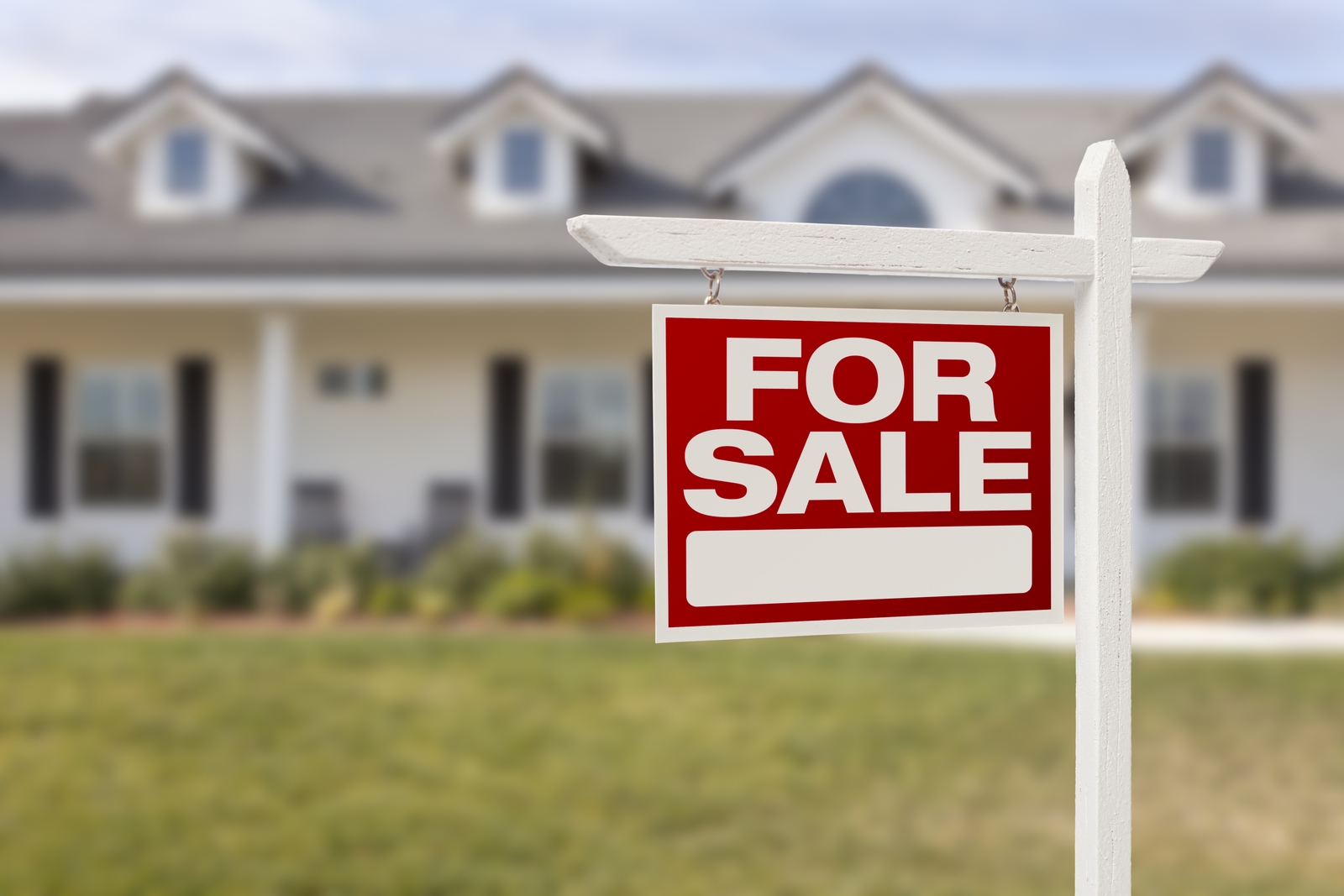By Charlene Zhang
Medill Reports
Single-family house prices rose in January 0.8 percent from December, according to the Federal Housing Finance Agency’s seasonally adjusted House Price Index. The rise beat the forecast of a 0.4 percent increase.
From January 2017 to January 2018, house prices rose 7.3 percent, also beating the forecast, of 6.5 percent.
“Home prices have been on an uptrend for a number of years now. The main reason is there are not a lot of inventories available for sale,” said Tendayi Kapfidze, the chief economist at LendingTree, an online brokerage headquartered in North Carolina.
Historical data suggest demand has been normal, but the shortage of supply has played a bigger impact in both new home and existing home markets, according to Kapfidze. He explained, “Home builders haven’t ramped up the production to the level of they were prior to the crisis. There were also difficulties of finding land; cities have regulations on specific types of house one can build.”
Among the nine census divisions. the largest increases were in the New England and Pacific divisions, each up 1.2 percent since December. The East North Central division including Wisconsin, Michigan, Illinois, Indiana, and Ohio ranked second with an increase of 1.1 percent.
“Home prices are much stronger in the big coastal cities: San Francisco, Seattle, New York, and other cities with appreciation are heavily related to tech industries,” Kapfidze said.
West South Central division was the only area to decrease, down 0.7 percent.

Historical data of the monthly House Price Index in January since 1991 suggests an index even higher than that in the financial crisis in 2008. However, “this does not suggest another possible crisis,” Kapfidze stated.
Drivers for house price appreciation are different now, he went on. “We do not have an excess of demand, coming from very lenient lending standards, aggressive financial products that were pushing people to home-buying, and also the euphoria around the housing market.”
Kapfidze concluded, “Prices should continue to increase, and the economy is doing pretty well.”

